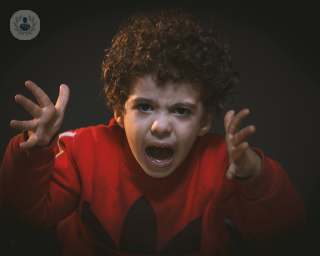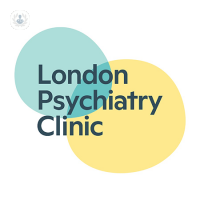Conduct disorder
Dr Joshua Maduwuba - Psychiatry
Created on: 11-13-2012
Updated on: 06-12-2023
Edited by: Conor Lynch
What is conduct disorder?
Conduct disorder is a set of anti-social types of behaviour displayed in childhood or adolescence. The mental disorder refers to a group of behavioural and emotional problems in youngsters. A child or young adult may display patterns of disruptive and violent behaviour and struggle to follow rules. It can exist alongside other mental disorders such as attention deficit hyperactivity disorder (ADHD), post-traumatic stress disorder (PTSD) and bipolar disorder.

What are the types of conduct disorder?
There are three different types of the mental disorder that are categorised by the age at which the symptoms of the disorder start to happen.
- Childhood-onset: this occurs when the signs start to happen before the child is 10 years old.
- Adolescent-onset: happens during the teenage years.
- Unspecified onset: when the age at which conduct disorder occurs is unknown.
What are the signs of conduct disorder?
The symptoms of conduct disorder are divided into four categories:
- Aggressive behaviour: bullying and fighting
- Destructive behaviour: vandalism
- Deceitful behaviour: lying, trespassing, and stealing.
- Breaking rules: truancy, running away from home.
Other signs of conduct disorder include drug and alcohol usage, sexual activity at a very young age and low self-esteem.
What causes conduct disorder?
The mental disorder is caused by genetic and environmental factors. The genetic causes have been linked to damage to the frontal lobe of the brain. This part of the brain regulates important cognitive skills such as problem-solving and memory and represents the personality.
The environmental factors associated with conduct disorder may include child abuse, dysfunctional family, parents who use drugs and abuse alcohol, and children that come from a poor background.
How is conduct disorder diagnosed?
A child should be examined by a mental health professional who will ask the child questions about their behaviour. The child must have been displaying at least three of the behaviours that are associated with conduct disorder in order for them to be evaluated. The disorders must also be linked to the child at school and socially.
How is conduct disorder treated?
If a child is diagnosed with conduct disorder and comes from a broken home, they will be placed in another home. If the mental illness is not a result of abuse, the child will have behavioural therapy with a psychiatrist to learn to talk about, and how to express their emotions. Medication may be prescribed if the disorder exists alongside another condition such as ADHD. The treatment is usually long-term.






